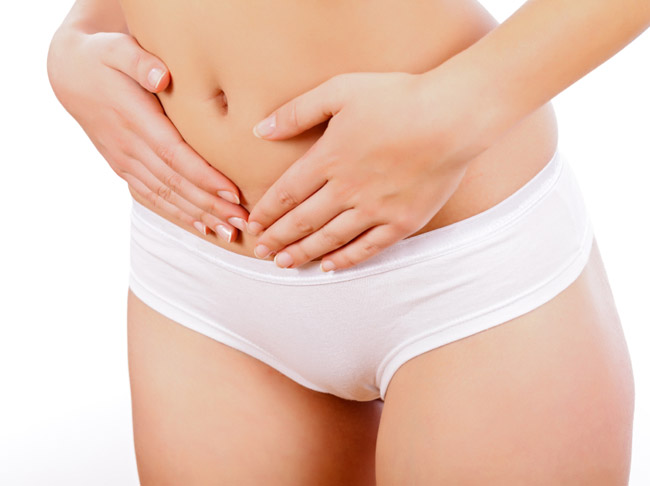
As many as one in four women in the U.S. suffer from chronic pelvic pain. A lot of times medication, steroid injections or physical therapy will help, but for women whose pelvic pain comes from the pudendal nerve, the pain goes much deeper. Now, an Atlanta doctor is trying a procedure that may be the non-invasive cure millions of women are looking for.
Kristan Leeper can clearly remember the moment her pelvic pain started.
“Feels like somebody is stabbing me with a hot poker,” Leeper told Ivanhoe.
It marked the beginning of a two-year search for relief from pain caused by her pudendal nerve.
“From gynecologists, orthopedists as well as chiropractors. I went on to see physical therapists. So I had a right hip surgery. I had a total of eight nerve blocks, or steroid injections,” Leeper explained. Initially, I’d get some relief and then within a two-week period, my pain would skyrocket.”
Leeper’s search led her to Dr. J. David Prologo, an interventional radiologist at Emory Johns Creek Hospital in Atlanta.
Dr. Prologo told Ivanhoe, “For years people would have thought that if we could somehow shut down this nerve, that this would work. But there’s no way to get to the nerve until you start using image guidance.”
Dr. Prologo has been freezing away other types of nerve pain for years but when a patient asked him to freeze her pudendal nerve to stop her pelvic pain, he hesitated but after consulting colleagues in urology and gynecology decided to go forward, even though it had never been done.
“This nerve that was so hypersensitive causing her so much pain and debilitation; we shut down the signals in that nerve and her pain went away,” Dr. Prologo explained.
Women from all around the world are now reaching out to Dr. Prologo. After feeling pudendal neuralgia pain for so many years, finally, a little hope.
“I hadn’t felt that way in such a long time,” Kristan said.
Dr. Prologo began documenting his work on women with pudendal neuralgia pain and 95 percent of them said their pain was completely gone. And after about 60 patients, there haven’t been any side-effects.